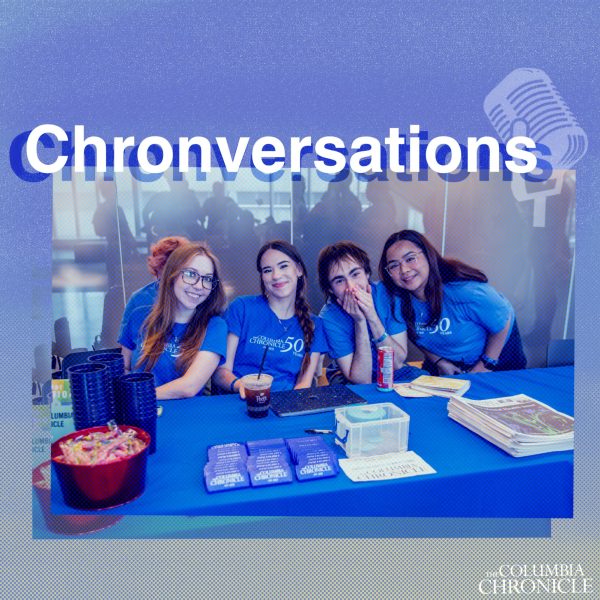Art history becomes current at C33
September 12, 2010
One Columbia student and one alumna have made it easier for art history majors to connect with the Chicago art scene. They curated a graffiti and street art exhibit featuring work of renowned artists outside of the Columbia student community. The curators are Casey Champion, a senior art history major, and Nicolette Caldwell, an art history graduate.
“You see the passion in their eyes and hear it in their voices as they talk about their art and [its] context,” Champion said. “Then they look at you and they go, ‘Is that what you think too?’ And you go, ‘Of course that’s what I think. Your work is amazing.’”
Last year, Champion and Caldwell chose the show’s concept, formally presented the idea to the Art History Board and the proposal was accepted.
Caldwell has curated shows in the past, but this was the first time for Champion.
“Nothing prepares you,” Caldwell said. “It’s just always going to be an experience you have to learn from in the moment.”
All together, Caldwell and Champion approached more than 30 artists about presenting their work for the show. “It’s not as intimidating as you think it is,” Caldwell said about contacting artists.
The duo said getting artists to sign on with the exhibition was difficult because of the illegal nature of graffiti and street art. “It took a little maneuvering to get them to understand our intentions,” Caldwell said.
Neysa Page-Lieberman, director of Exhibition and Performance Spaces worked with the women throughout the process.
“These curators were fearless—they were not intimidated to walk up to artists that they didn’t know and invite them to be in the show,” said Page-Lieberman. “I think that speaks a lot to their future and their potential in this field.”
Caldwell said developing and organizing the show helped them infiltrate the professional art world in Chicago.
“Art history students focus so much on the history,” Caldwell said. “We just really wanted to challenge ourselves and get to know what is going on in contemporary art in our neighborhoods in Chicago.”
The process gave them the opportunity to meet many people and network. “We got to know a lot of other artists along the way,” Caldwell said.
Caldwell and Champion said they would like more art history students to have the opportunity to work alongside student and professional artists while at Columbia. Those connections, they said, are so important for students to make while they are still in school.
“Columbia is always talking about networking,” Champion said. “Well, art history students should be doing it too.”
Caldwell and Champion said they are impressed by what they see students creating in Columbia’s vibrant art community.
“When you reach out there and get to know people, you get to see how people are succeeding, and that’s really inspiring,” Champion said. “You get inspired by what you see everybody else doing.”







